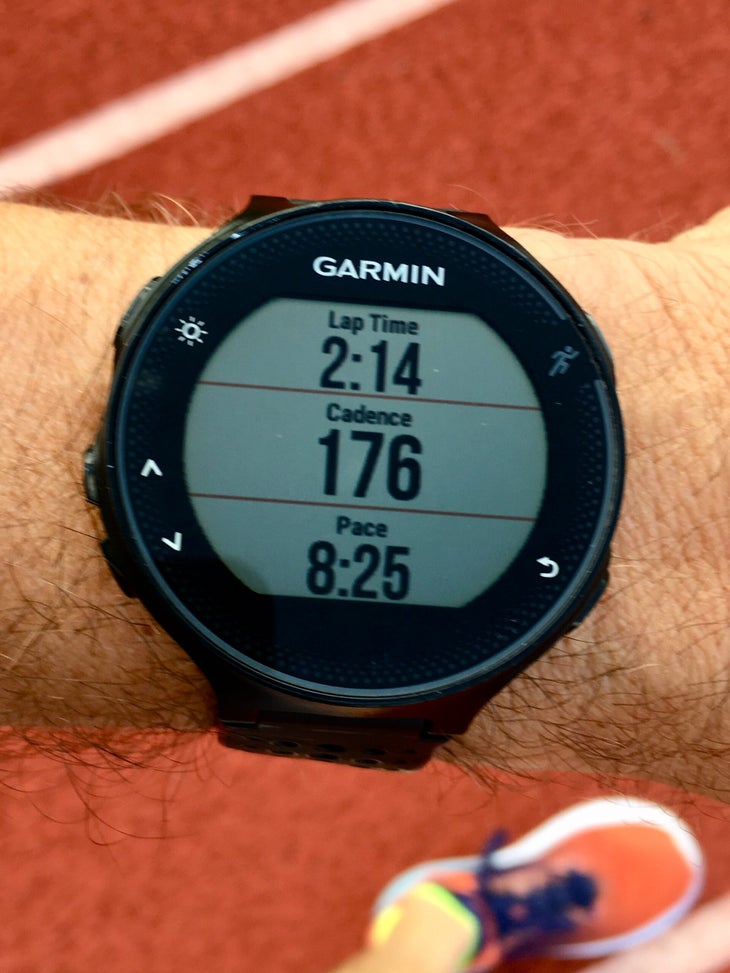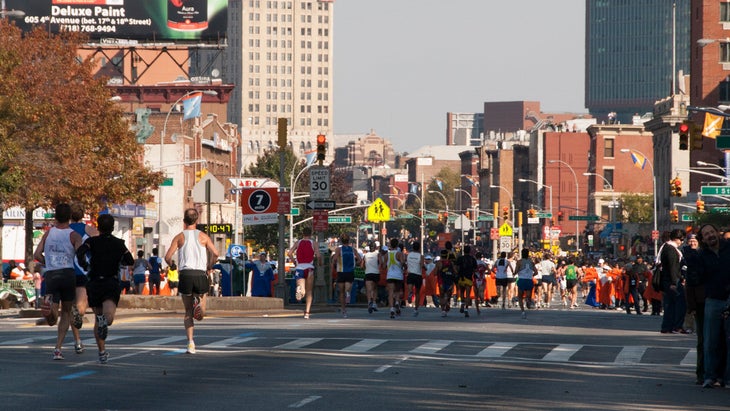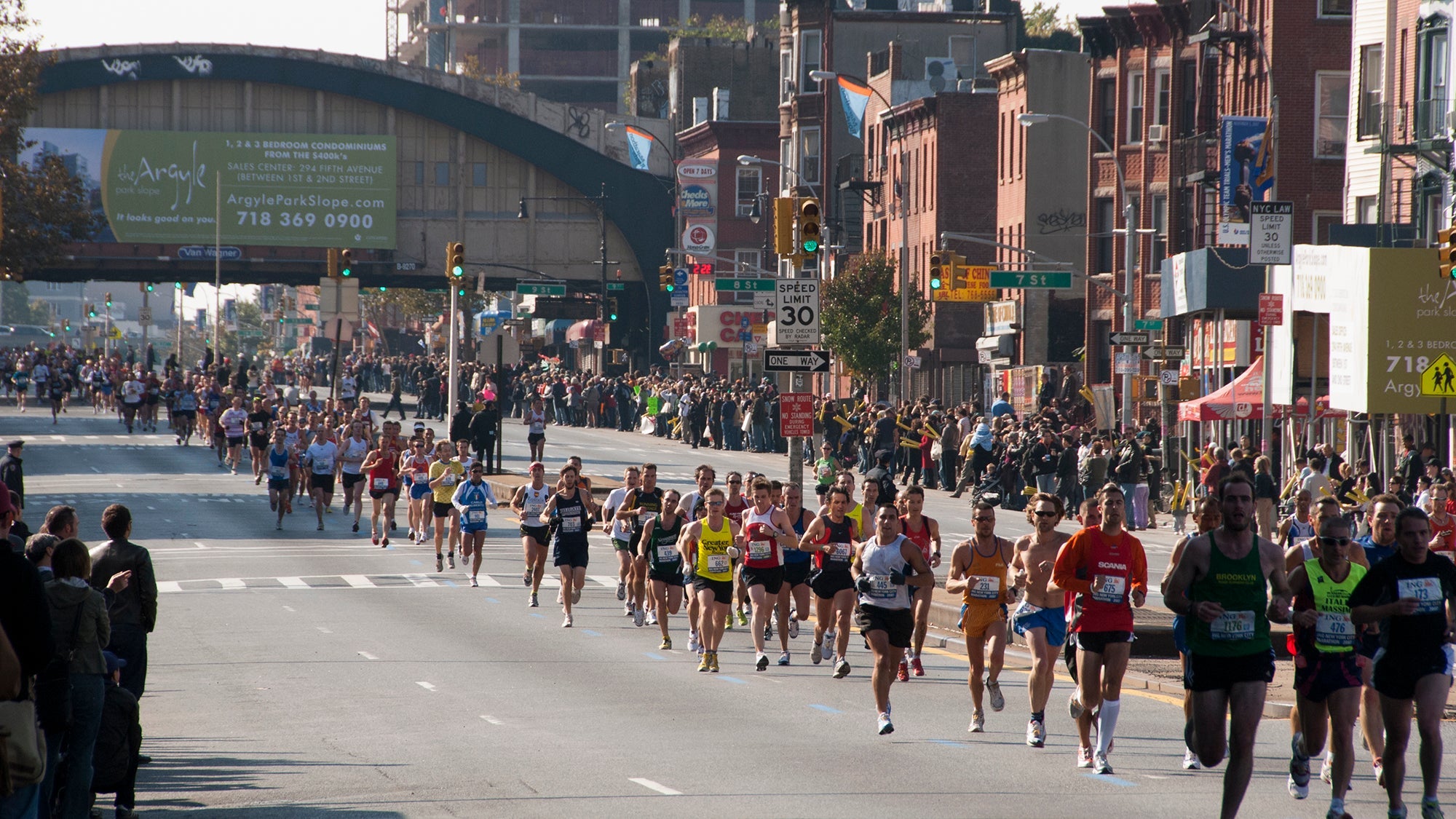Picture this: It’s race day in New York, and you’re just coming off the Verrazzano Bridge. As you pass the second mile marker you hear the beep of your GPS watch and glance down to find you’re right on pace. Perfect. You’re feeling good.
As you start to approach the third mile marker, beep, your GPS notifies you just hit three miles, still pacing perfectly. Five seconds later you pass the three-mile marker on the course.
That’s odd you think, but given the small discrepancy you brush it off. A few minutes later, beep, your watch ticks off the forth mile—still on pace. You look up and notice the four-mile marker 50 feet ahead.
Now you’re confused. Is my GPS watch off? Is my pacing correct? This mismatch of GPS watch distance and course markers continues for the next ten miles, preoccupying your mind leaving you wondering what pace you’re actually running, ultimately distracting you from the task at hand—maintaining your goal race pace. Worse, now after what you thought was 15 perfectly paced miles, it turns out you’re 5 seconds per mile off pace, slowly letting your goal finish time slip through your hands.
As a running coach who has helped hundreds of runners race the NYC Marathon, I see this happen again and again in big city marathons. If you rely on your GPS watch for distance and pacing, like the majority of runners today, you’ve probably experienced a similar situation in a run, speed workout or perhaps even a race.

Blocked and Bounced
The fact is that GPS watches aren’t perfect at estimating distance and pace. Within the watch is a one-way GPS receiver that receives signals from satellites orbiting above the earth. Through a process called trilateration, your watch estimates your distance from these satellites to narrow down your location. Throw in miles of tall buildings like in New York, however, and these signals can get blocked or end up bouncing off the buildings and bridges.
“It’s a very sticky problem to solve,” says Joe Heikes, Product Manager at Garmin. “Let’s say your watch was looking at eight satellites in the sky and you’re running behind a big building and it blocks two of them, to the point where your watch can’t even receive signals anymore, that’s less information the watch has to figure out where you are.”
The more buildings, the greater the issue. “In really dense urban environments, such as Manhattan,” Heikes explains, “You have signals bouncing off buildings, which creates what we call multipath. You may be receiving a signal, but you’re not receiving directly from the satellite, it’s bouncing off the tall building on 5th avenue.”

Markers and Splits
The only way to have 100% confidence your race pace is accurate and you’re on your way to your goal finish time is to use the course mile markers as your pacing cues. In major races, such as the Chicago or New York Marathons, the course markers are dead accurate, down to the inch. With hundreds of thousands of dollars in prize money on the line and the potential for world records being set, race directors assure there’s no error.
To calculate your pace from course markers, not a GPS signal, you’ll need to turn off the feature that automatically records your mile splits based off GPS satellites. For Garmin watches it’s called the Auto Lap feature.
Once that’s turned off, in order to record splits you’ll now have to manually hit the lap button, as runners did for decades before GPS. As you pass by each mile marker hit the lap button and your split for the last mile—your real pace—will be displayed and recorded.
If you’re new to this I suggest practicing it at your local track or running path with distance markers a few times before race day to get used to the habit of hitting the lap button every mile and to ensure you’re watch screens are set up so you can view the lap times easily.
—
Cory Smith (www.storiesbycory.com) is the founder of Run Your Personal Best, an online running coaching business that has helped hundreds of runners achieve personal bests in distances ranging from 800 meters to 100 miles. He was a two-time National Championship qualifier while at Villanova University and is a regular contributor to Outside Magazine, Trail Runner, Philadelphia Magazine, Gear Patrol, Gear Junkie and Gear Institute.


